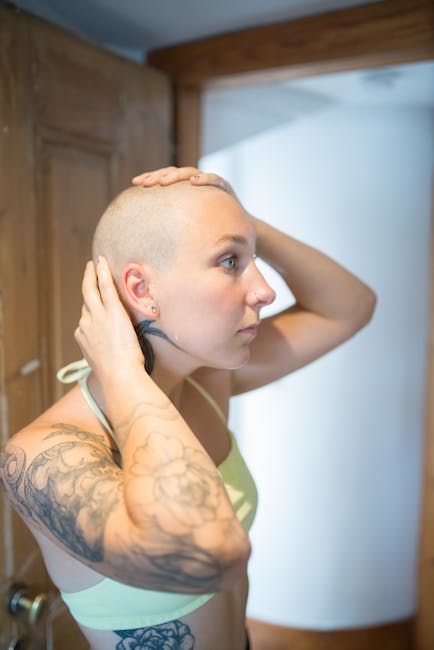The Benefits of Art Therapy in Fractured Skull Recovery
Recovery from a fractured skull can be a daunting journey, both physically and emotionally. While traditional medical treatments are essential, art therapy offers a unique and holistic approach to healing. Join us as we explore the profound benefits of art therapy in the recovery process! 🎨❤️
Table of Contents
1. Introduction
2. What is Art Therapy?
3. Physical Benefits of Art Therapy
4. Emotional Healing Through Art
5. Enhancing Mental Health
6. Conclusion
7. FAQ
Introduction
Art therapy might not be the first thing that comes to mind when thinking about recovery from a fractured skull, but it can play a crucial role in the healing journey. This therapy uses creativity to foster healing, reduce stress, and improve overall well-being. Let’s dive deeper into how art therapy can aid in recovery.
What is Art Therapy?
Art therapy is a form of expressive therapy that uses the creative process of making art to improve a person’s physical, mental, and emotional well-being. It combines the healing elements of art-making with therapeutic principles to facilitate self-expression and personal growth.
Physical Benefits of Art Therapy
Engaging in art therapy can offer several physical benefits for those recovering from a fractured skull:
🖌️ Fine Motor Skills Improvement: Creating art can help improve dexterity and coordination, essential for those regaining motor skills after a head injury.
🧠 Neuroplasticity: The brain’s ability to reorganize itself is crucial during recovery. Art therapy stimulates neural pathways, enhancing cognitive function and brain plasticity.
Emotional Healing Through Art
Art therapy provides a safe space for emotional exploration and healing:
💭 Expressing Emotions: Art allows individuals to express complex emotions non-verbally, which can be particularly beneficial for those struggling to articulate their feelings post-injury.
🌈 Stress Reduction: The creative process can be meditative, lowering stress levels and promoting a sense of calm and relaxation.
Enhancing Mental Health
Art therapy contributes significantly to mental well-being:
🧘♀️ Mindfulness: The focus required in creating art encourages mindfulness, helping individuals stay present and focused.
🤝 Building Confidence: Completing art projects can boost self-esteem, offering a sense of accomplishment and empowerment during recovery.
Conclusion
Art therapy offers a powerful tool for those recovering from a fractured skull, addressing both physical and emotional needs. By incorporating art therapy into recovery plans, individuals can find a creative outlet that supports their journey to wellness.
FAQ
1. How does art therapy help with physical recovery from a fractured skull?
Art therapy can improve fine motor skills and stimulate brain function, aiding physical rehabilitation.
2. Is art therapy suitable for everyone recovering from a head injury?
Yes, art therapy can be tailored to individual needs and abilities, making it accessible for most people.
3. What kind of art activities are involved in art therapy?
Activities can range from painting and drawing to sculpting and collage, depending on personal preference and therapeutic goals.
4. Can art therapy help with anxiety and depression post-injury?
Absolutely! Art therapy provides a safe space for expression, helping to alleviate anxiety and depression symptoms.
Art therapy not only aids in physical recovery but also nurtures emotional and mental well-being, making it a valuable component in the holistic healing journey. 🎨✨

